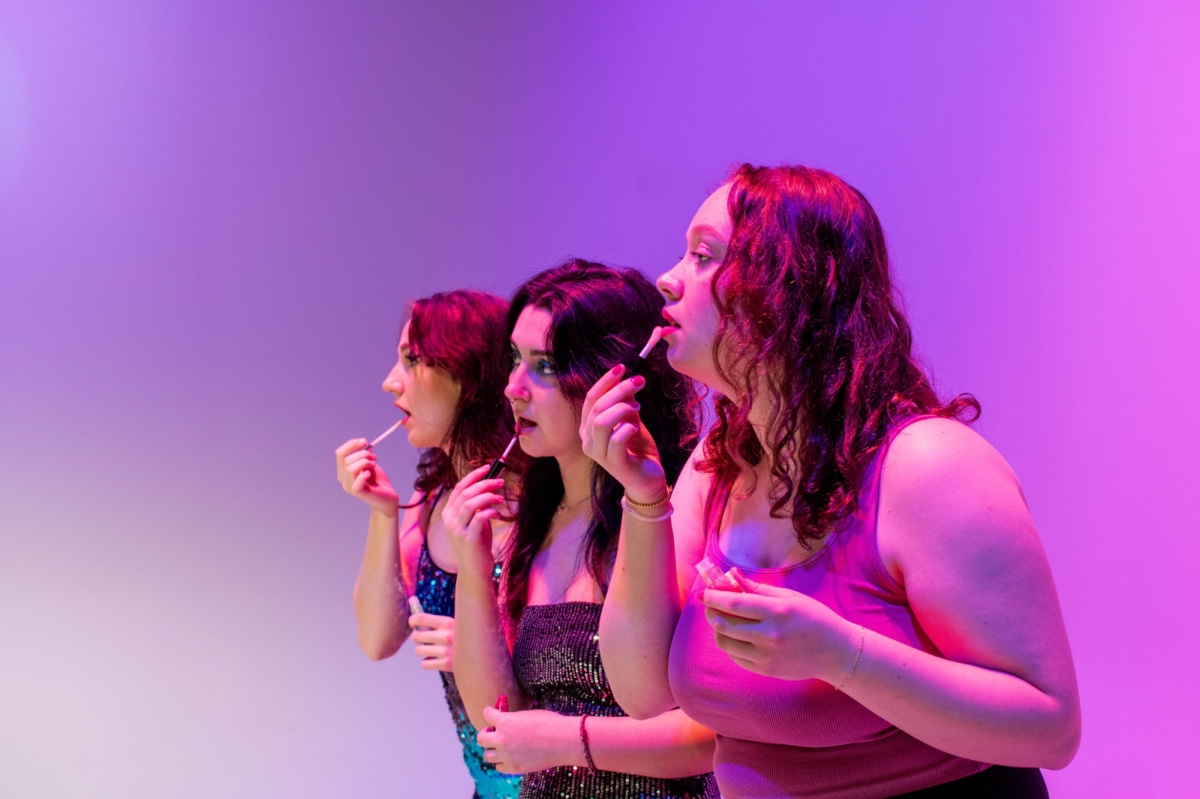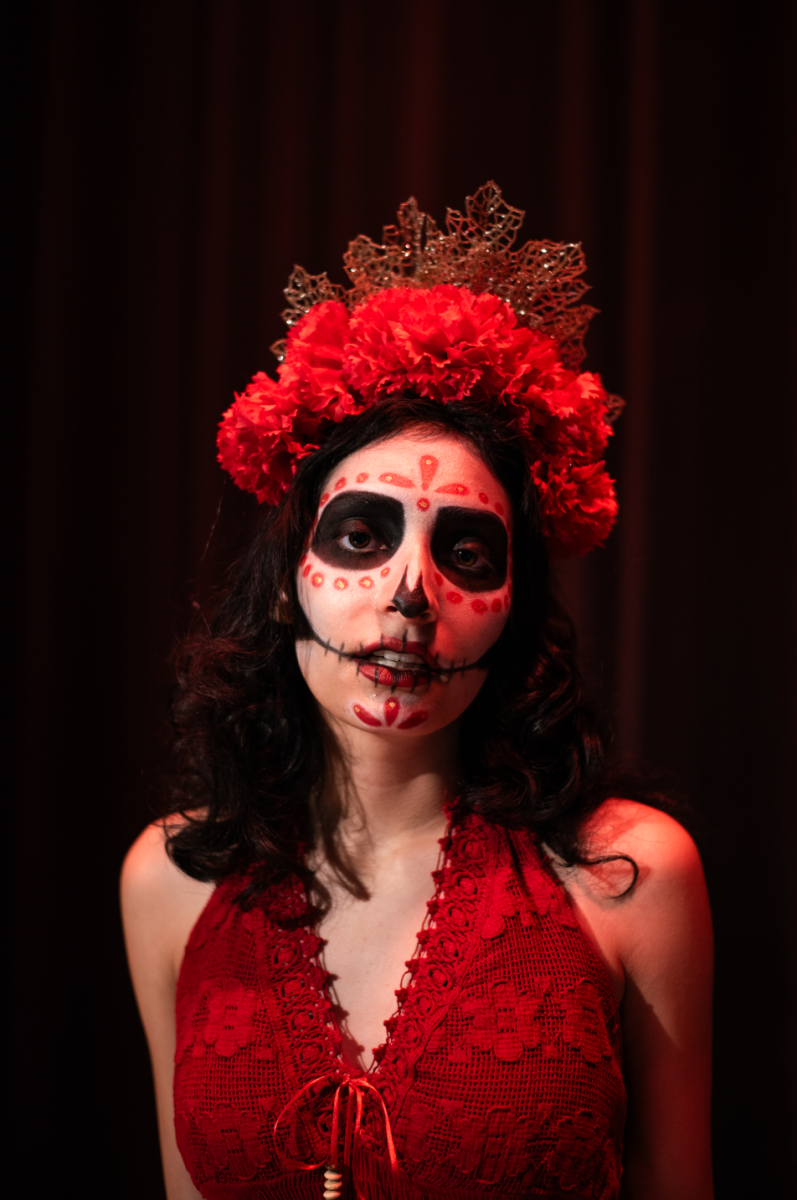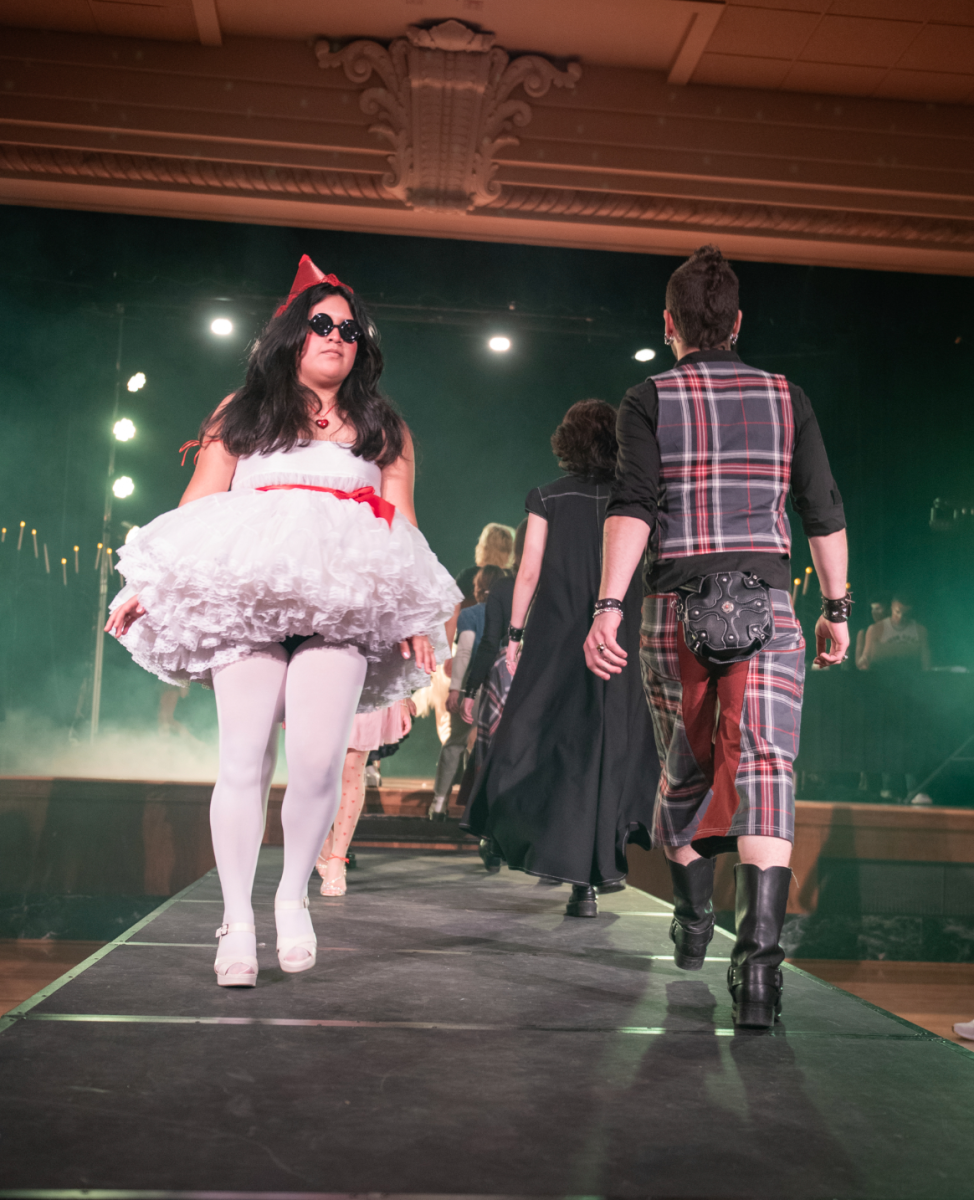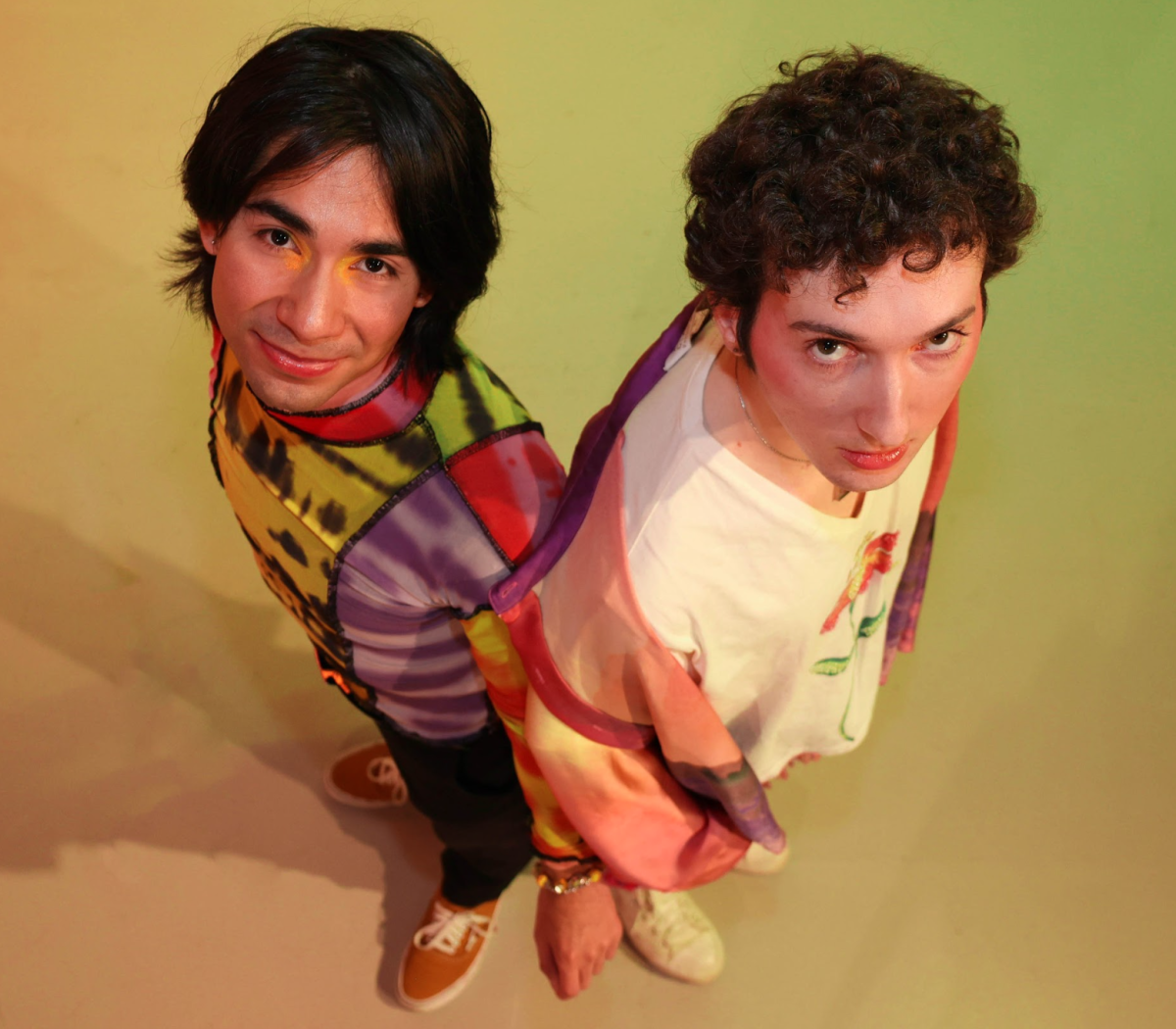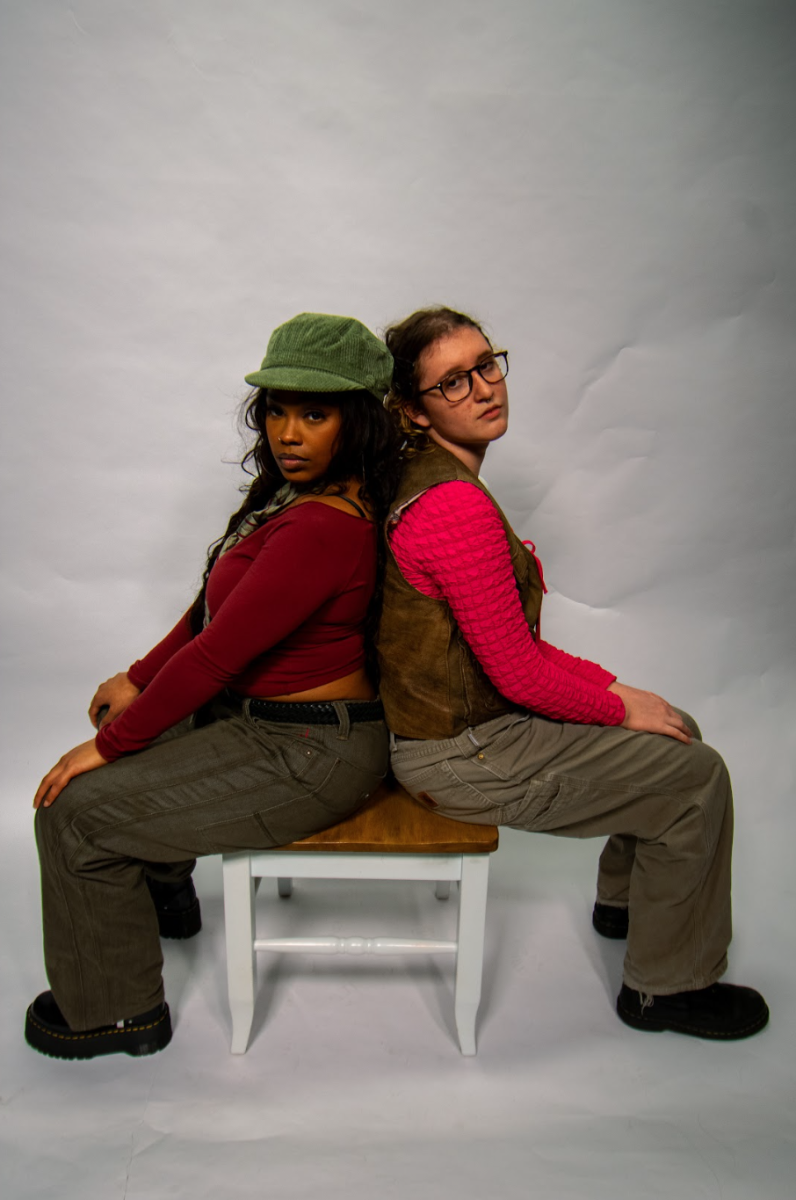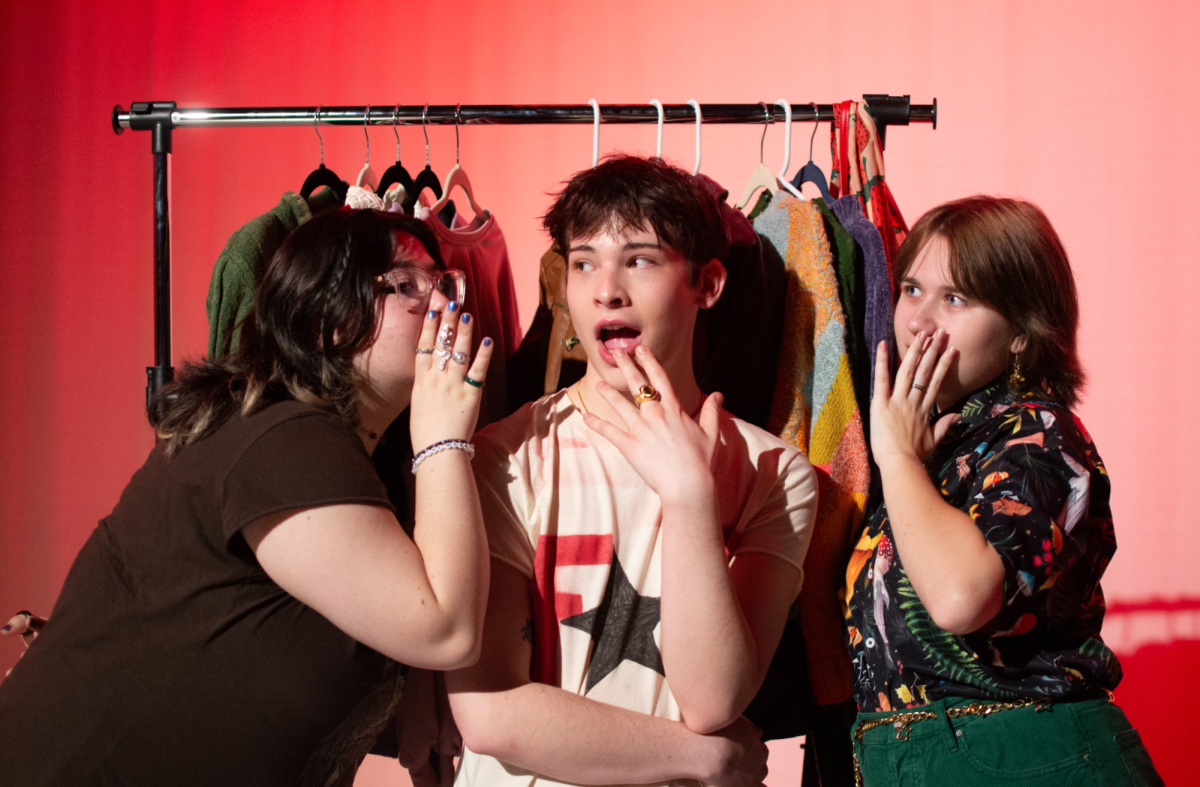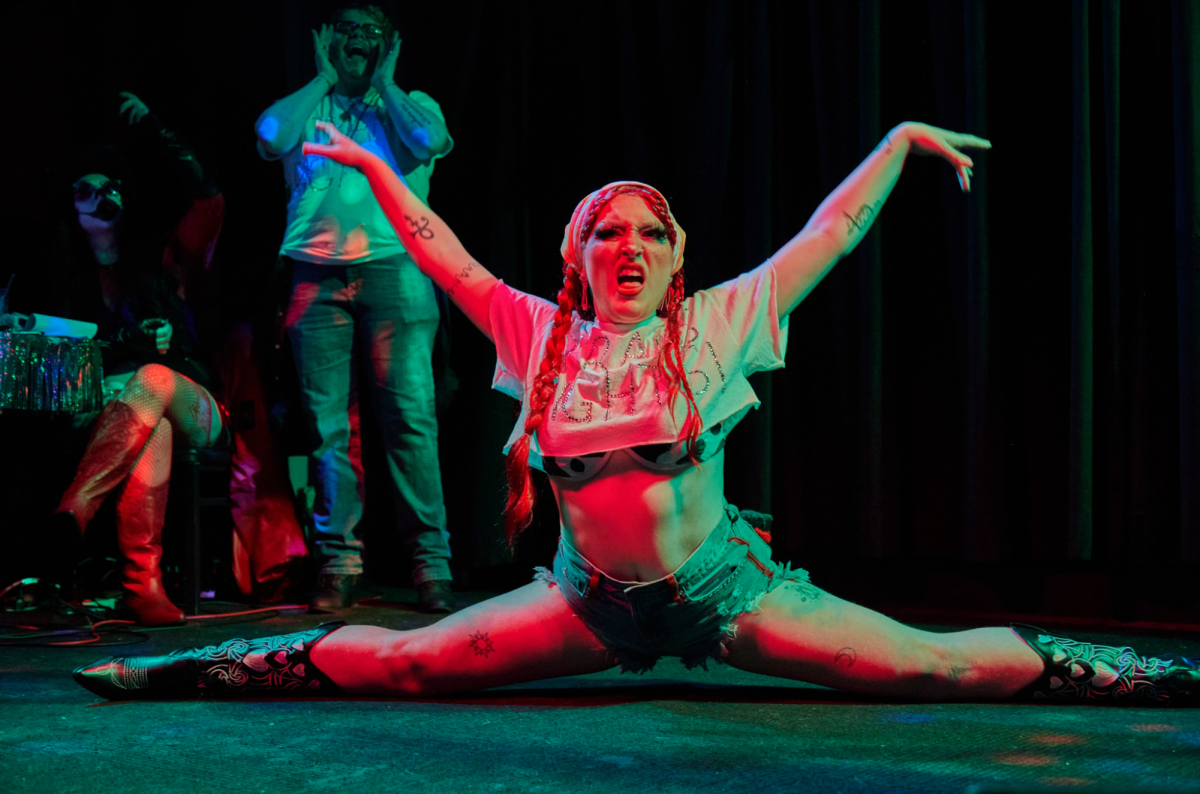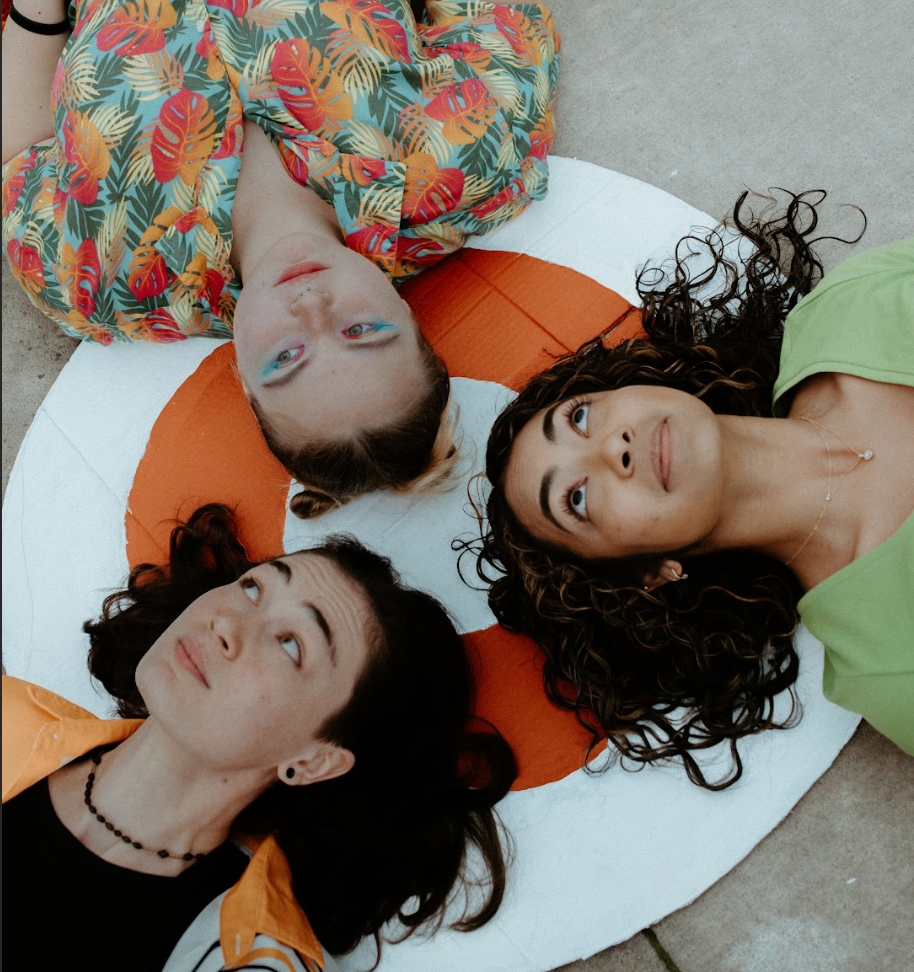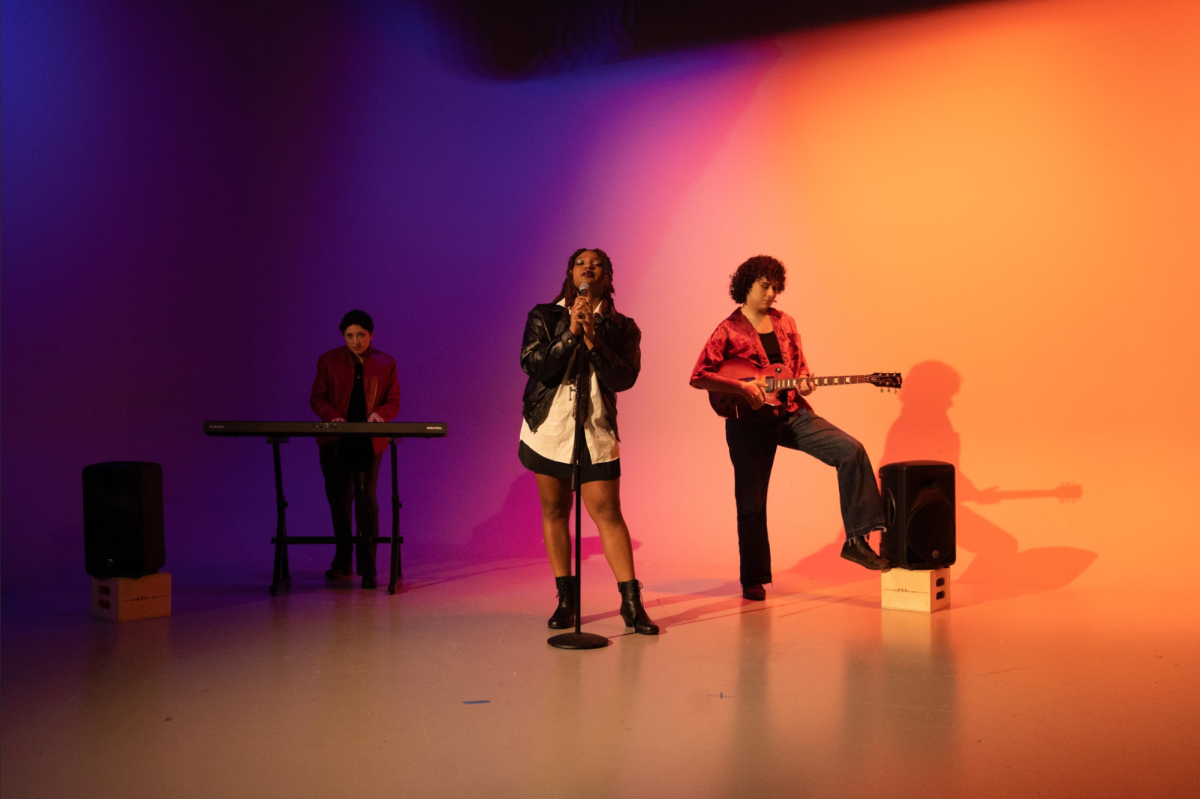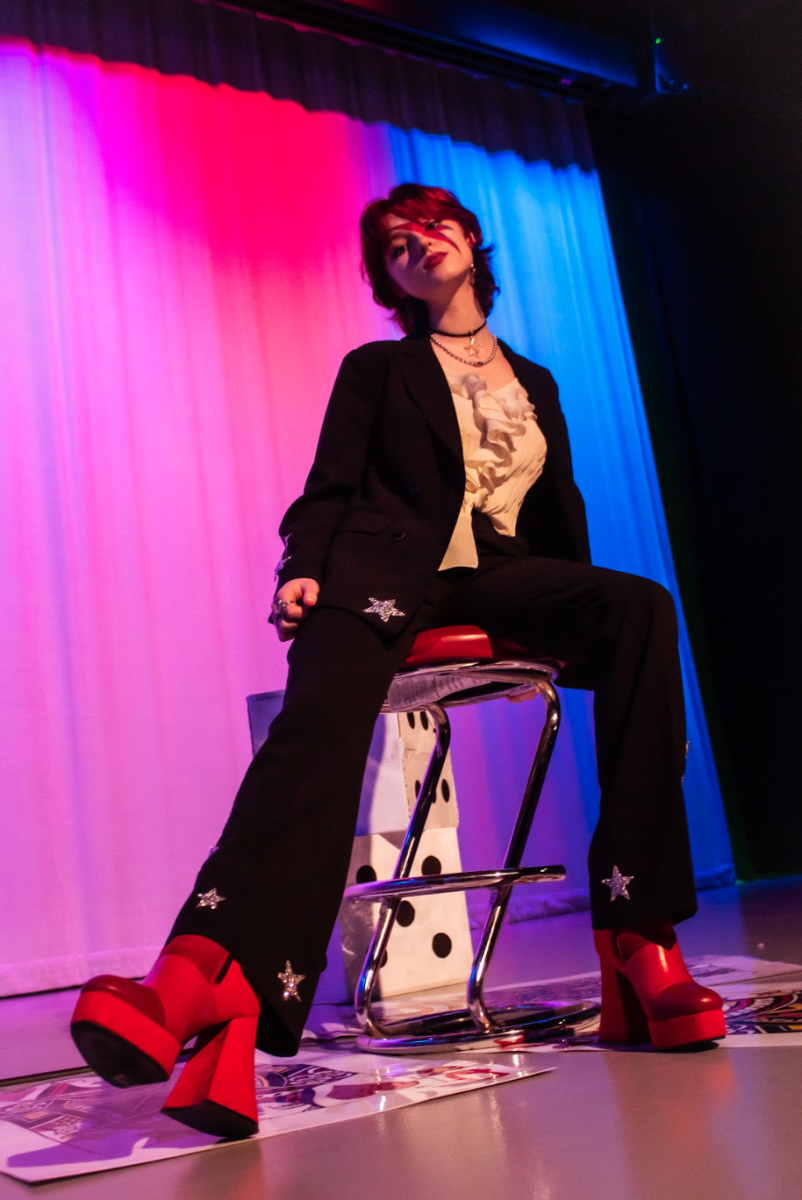
Hannah Ahmed:
David Bowie was an iconic English musician, actor and record producer who left a lasting mark on the world of music and popular culture. Bowie’s significance lies not only in his extraordinary musical talent but also in his chameleon-like ability to reinvent himself across various genres. His alter ego, Ziggy Stardust, became an iconic symbol of glam rock and pushed the boundaries of gender and identity in the early 1970s. Bowie’s flamboyant and avant-garde style – showcased by elaborate costumes, vibrant makeup and unconventional hairstyles – challenged societal norms and set new standards for self-expression in the entertainment industry. Bowie’s bold fashion matched his groundbreaking music, turning him into a cultural icon.
Prince was a groundbreaking American musician, songwriter and performer whose influence spread across the genres of pop,
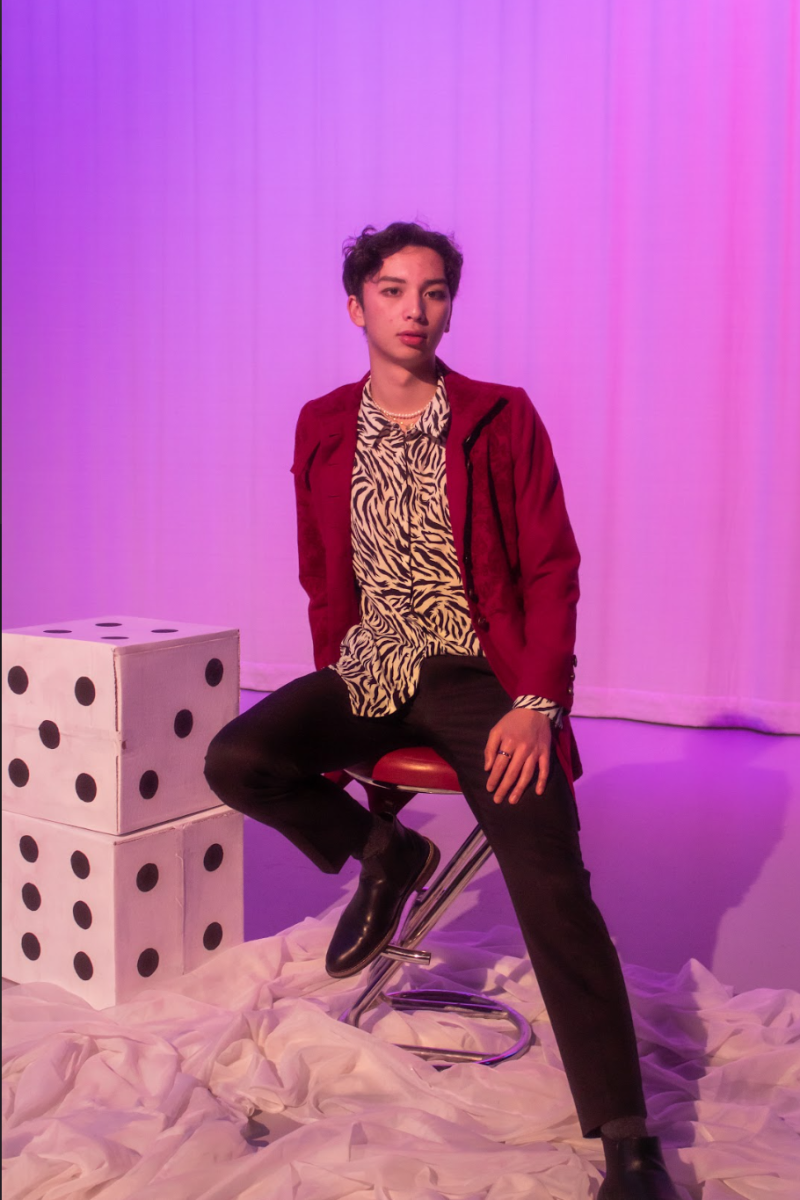
rock and R&B. Prince was known as the “Purple One” for his signature color, a musician known for his multi-instrumental expertise, high-pitched vocals and stage presence. Prince’s impact extended beyond his music; he was a trailblazer in challenging societal norms, particularly with regard to gender and sexuality. His androgynous style, flamboyant stage outfits and bold fashion choices challenged expectations, paving the way for greater acceptance and diversity in the music industry. Whether it be wearing frilly skirts, high-heeled boots or his trademark purple suits, Prince’s fashion choices were an integral part of his artistic expression.
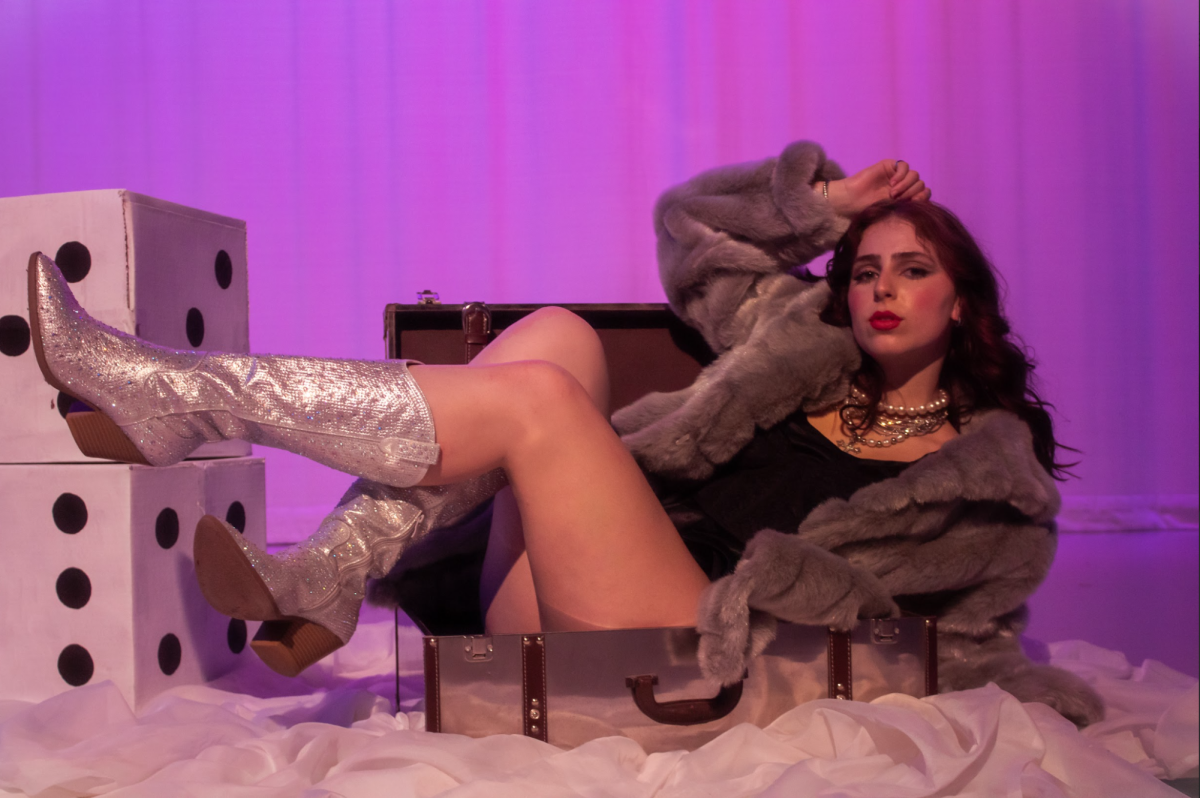
Madonna is a globally renowned American singer, songwriter, actress and entrepreneur who has left a notable mark on the music and entertainment industry. Madonna was often hailed as the “queen of pop” for her immense influence on popular music, blending various genres and cutting-edge production techniques. Beyond her musician side, Madonna is an icon known for her boundary-pushing approach to fashion. Throughout her career, she has fearlessly embraced diverse styles, from the iconic “Like a Virgin” lace and crucifixes of the 1980s to the edgy, urban looks of the 1990s and beyond. Madonna’s fashion choices not only set trends but also challenged societal norms while also promoting empowerment and individuality.
Daniella Rodriguez:
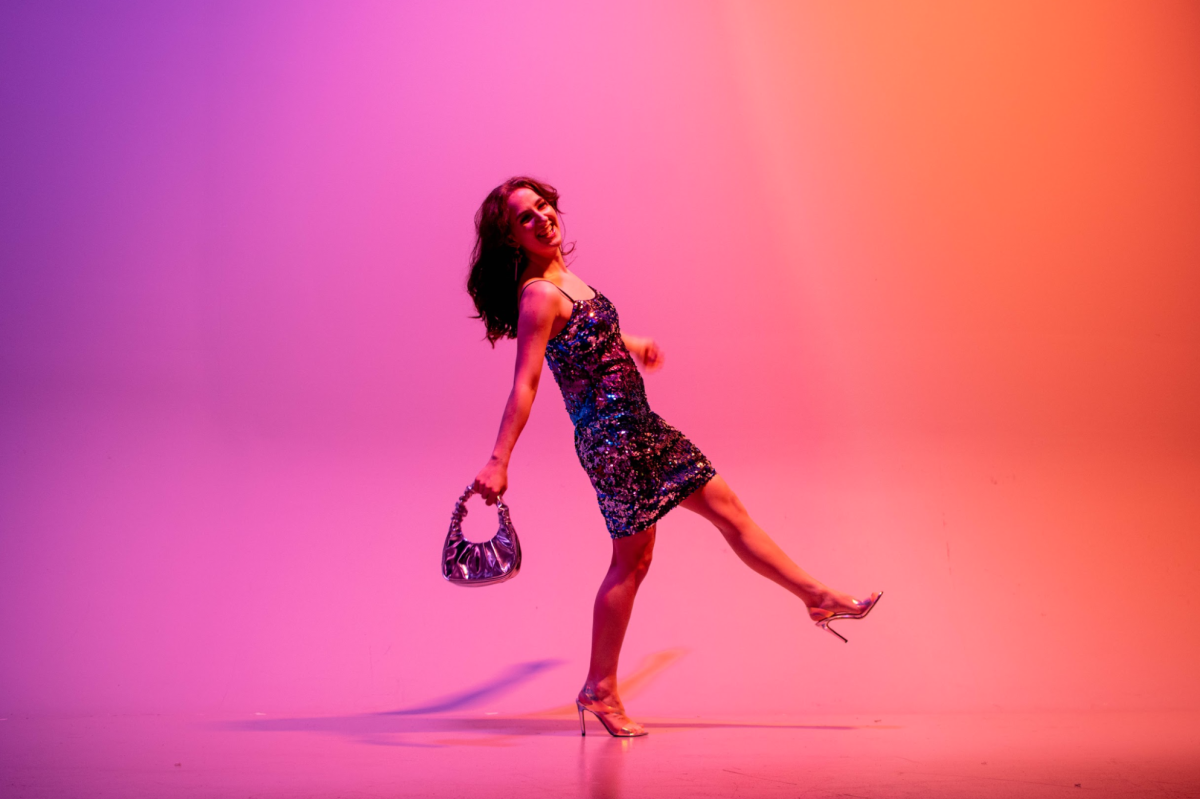
Katy Perry is an iconic pop star who hit her peak in the late 2000’s and early 2010’s. She was labeled the “queen of camp” for her style as it was unique for having bold shapes, accessories and unforgettable personality. Perry became iconic for her unique hair colors and styles. She would be open to trying new wigs and performing and being a character that others admired.
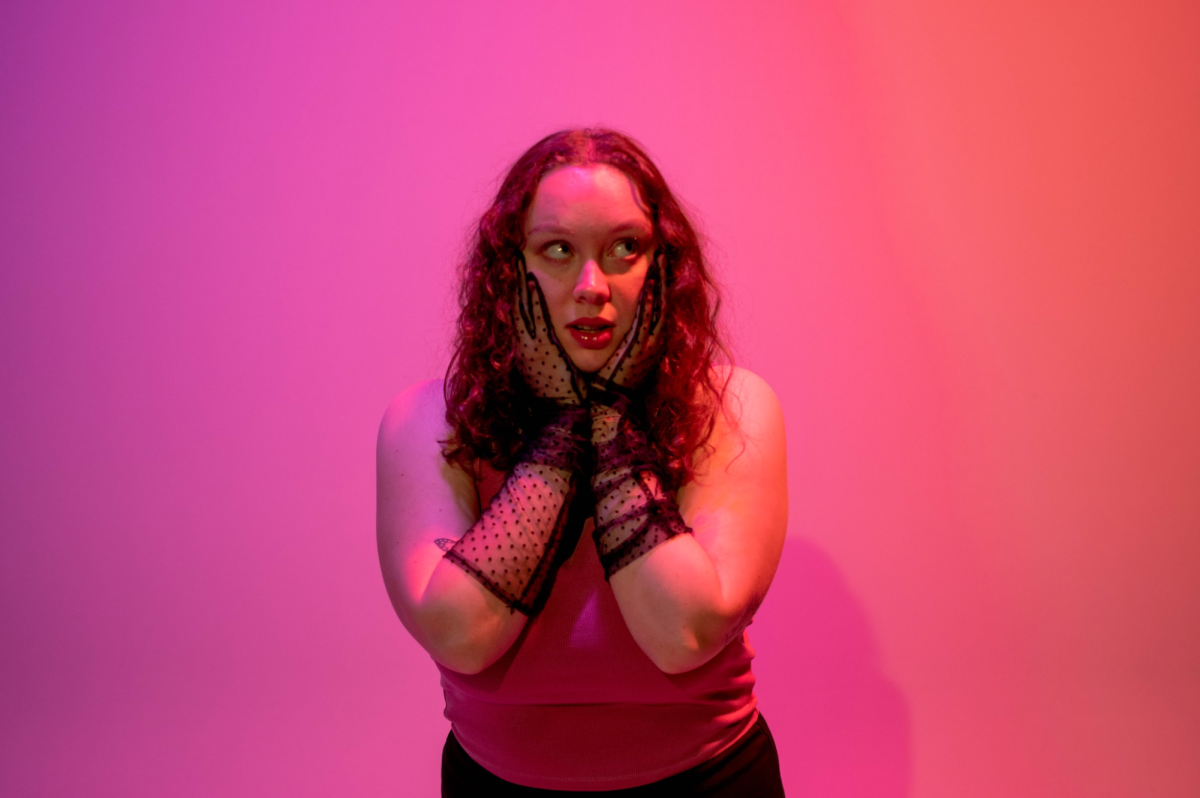
Lady Gaga is a pop sensation who was most popular in the 2010s. She is best known for her outlandish style and bold personality. Her style and vibe was so bright, colorful, and exciting to see that no one knew what to expect next. With her style being so unique it was often labeled as “campy”. Her “Born This Way Era” was iconic to the LGBTQIA+ community because she promoted and uplifted queer voices with her style and music.
Hannah Ahmed and Daniella Rodriguez:
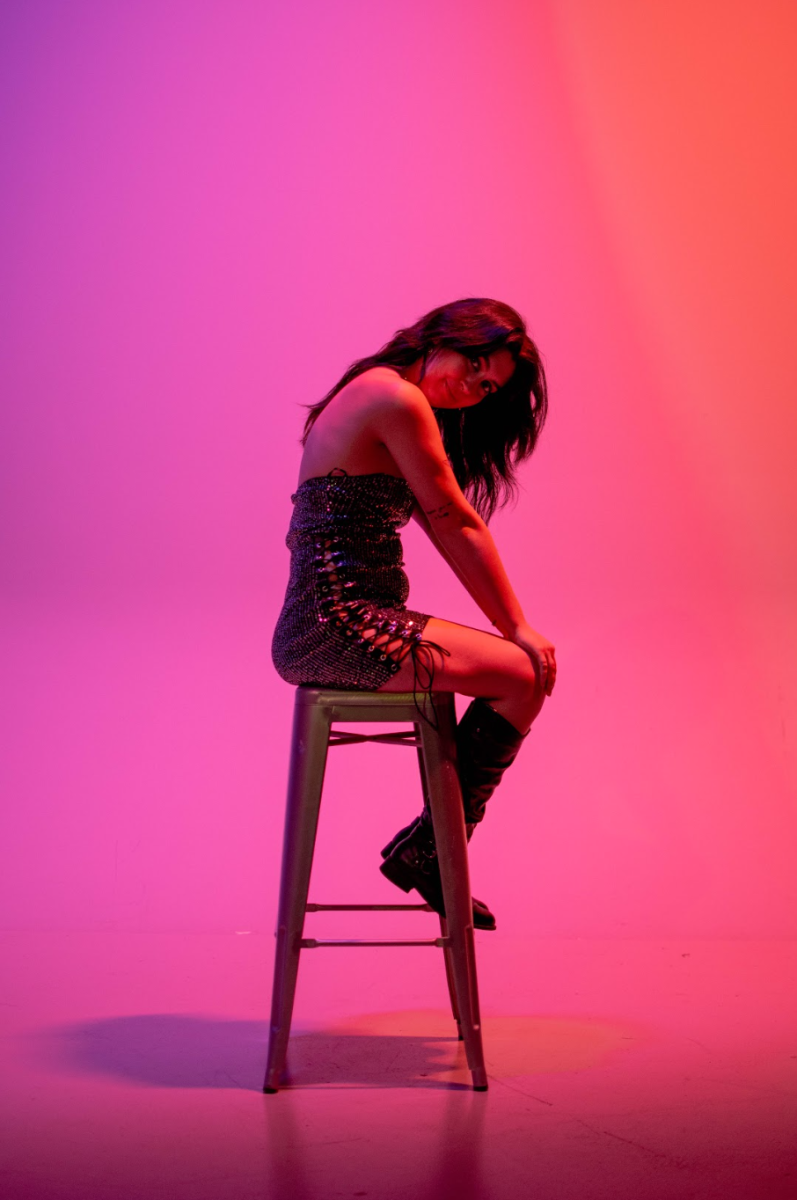
We live in a world where acceptance is praised, self-expression is admired, and confidence is hot. However, it was not always like this. Iconic figures such as David Bowie, Prince, Cher and Madonna have appealed to the LGBTQIA+ community in a way that other celebrities don’t because of their bold fashion choices and free spirits. There is a reason why these musical icons rose to fame.
It is the bold, individualized, camp-inspired looks that catch the eye. “All of these artists express themselves through their clothing and use their clothing to go against gender normative standards, which can be a breath of fresh air,” said an Oregon State University student in a survey conducted using Google Forms.
Seeing artists who challenge gender stereotypes can make those in the queer community feel empowered and validated with their own identity. According to another OSU student surveyed, one reason that these icons are so appealing to the LGBTQIA+ community is their confidence.
“I feel like it is because they are completely comfortable with being who they are, which is something that someone who is part of the LGBTQIA+ idolizes because sometimes it’s hard to be that confident and completely yourself,” the anonymous student said.
“It’s about the acceptance of yourself regardless of a label and knowing that it’s not about what you identify as it’s about who you are that matters,” said another student.
Renèe Jensen, an OSU student who heads the Rainbow Continuum (a social and educational student organization dedicated to providing safe spaces for the queer community), was asked why she thinks these pop stars may be appealing to those in the LGBTQ community even though the pop stars themselves aren’t openly queer.
“It may just be because they are very accepting and maybe willing to push their own identity in how they dress and how they act,” Jensen said.
Jensen provided David Bowie as an example because the way he acted and dressed was “very flamboyant, and although he was not part of the community… he still appealed to a lot of people because it was someone who acted in a similar way to how many in the LQBTQ community did.”
When asked what about these celebrities they thought resonates with the LGBTQIA+ community, Jensen said they “think that it is the willingness to go outside of the standard and to push who they are.”
“They know that they will have people that are going to judge them for dressing how they are dressing but they’re still doing it and I think that that’s something that this community can relate to … They are dressing in a way that society doesn’t necessarily accept,” Jensen said.


